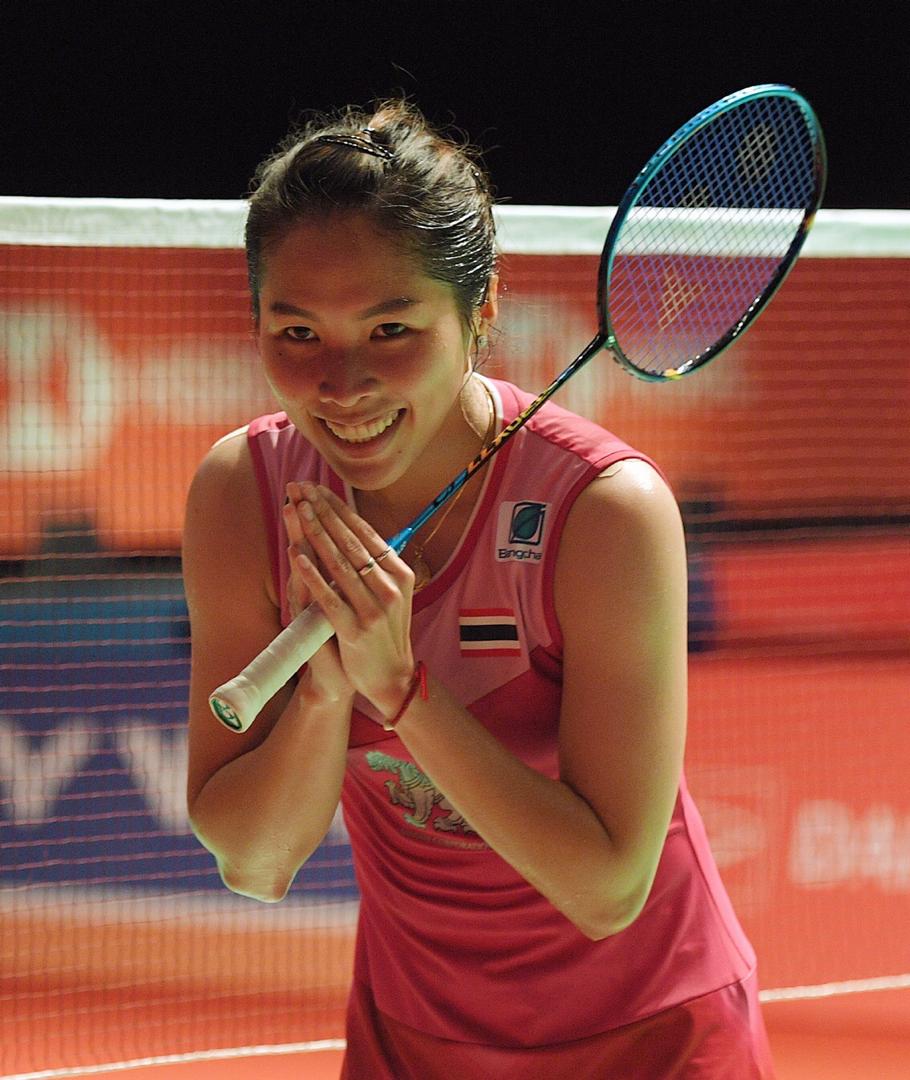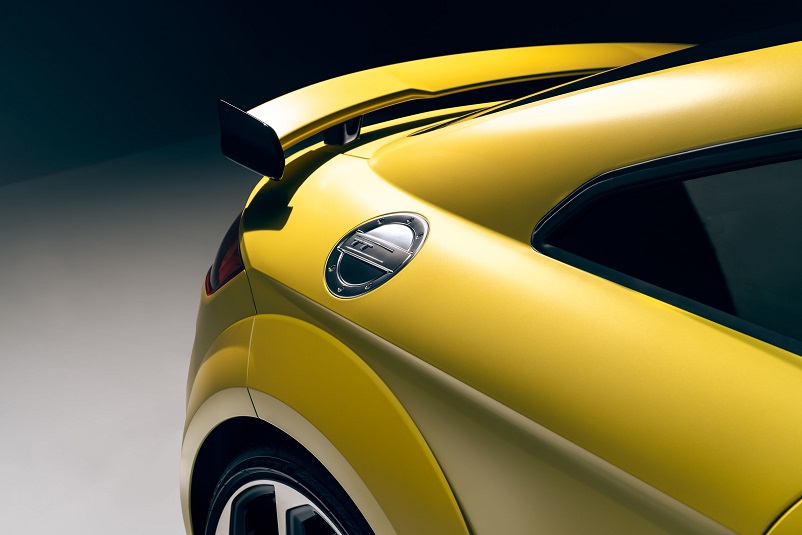 A matte finish lends top models RS Q31/2 and TT RS3/4 a distinctive look
A matte finish lends top models RS Q31/2 and TT RS3/4 a distinctive look
Both matte and glossy lacquer make their debut on the same production line in Győr, Hungary
From Python Yellow to Dew Silver – this is how color names are created at Audi
In addition to Python Yellow for the TT RS3/4 and the exclusive Dew Silver for the RS Q31/2, Daytona Gray and Florett Silver complement the new matte-finish color palette, which Audi now offers for other models besides its top-of-the-line sports vehicles. Even TT and Q3 series base models are now available in these new matte colors.
The demand for dramatic car paint finishes is on the rise – individuality, sportiness, and value are being coveted more and more. A matte finish highlights the silhouette of a vehicle, brings its sublime design and sporty elegance to the forefront, and gives the vehicle an extra special note. “Design remains the top reason for purchasing an Audi. And the color of the vehicle is extremely important, as it’s an expression of a driver’s personality,” says Susan Nolte, responsible for exterior colors within the Product Marketing Special Equipment team at Audi. However, before a new exterior color can be ordered for an Audi, a number of different processes have to have taken place.
How does Audi determine colors and variations of paint?
Coming up with color suggestions for a new model is the job of the Color & Trim team of Audi Design and the Product Marketing team, who work in close collaboration. The first step is for the Design colleagues to work out new colors based on trends that are tracked by the design studios in Ingolstadt, Beijing, and Malibu. Product Marketing then ensures that Audi customers can choose from a wide array of colors. Finally, appropriate names are selected for the offer on hand.
What role do color descriptions play?
Another key aspect in the acceptance of the colors offered by Audi is what the names communicate. “What is particularly important here is that the names given to the colors describe each color as precisely as possible. The first part of the name is the creative element, but it also needs to evoke a connection with the color,” explains Nolte. Audi often uses terms inspired by the world of geography and from flora and fauna. Racetracks also play a role in naming colors for sporty models. Some colors are used across all models while others are used for specific models. Audi offers up to a dozen different color choices for any given model. And there are also special colors for RS models.
 Muted shades dominate the color game
Muted shades dominate the color game
Three out of four customers who purchase new vehicles in Germany currently prefer the colors white, black, or gray/silver. Even at Audi, these rank as the most popular colors, followed by blue – the chromatic color of choice, with a share of around ten percent. There is a burgeoning demand for matte finishes. “Matte is a paint finish that is particularly popular with sporty models; RS vehicles, for example, are often ordered in eye-catching, dramatic colors,” says Nolte. There are also colors with crystal effects, such as Sebring Black. Here, glass flakes combined with metallic effects create additional glitter dots in the paint. Modern paints shimmer differently depending on the sunlight and change the hue depending, among other things, on the perspective and the color of the sunlight.
How the vehicle gets a matte finish
Modern paints are technically complex. In addition to the phosphate layer, the paint finish – with cathodic dip coating (CDP), filler, base coat, and clear coat – consists of five thin layers that together are no thicker than one-tenth of a millimeter. That’s about equivalent to the thickness of a strand of human hair. To meet the quality requirements of daily use in the long run, the paints undergo various short- and long-term tests, including stone-chip resistance and weathering tests. As part of the approval process, Audi also checks things such as the adhesion and corrosion resistance of the paint. The entire process of design, selection, technical implementation, and approval of the colors can take anywhere between three to five years. “Top-notch quality needs time, which is why, figuratively speaking, we think about tomorrow yesterday,” says Nolte. For the first time, matte exterior colors are possible for the Audi TT and Audi Q3 series manufactured in Győr. The lacquering process is carried out in parallel to the mass production of vehicles at the plant in Hungary. The primer, filler, and color coats are followed by the clear matte coat, which contains matting agents in the form of silicate particles. This is applied directly to the base coat. The thickness of its layers ranges between 40 to 50 micrometers, or in other words, 40 to 50 thousandths of a millimeter, as with conventional clear coats. The matting agents lend the surface its characteristic matte finish. With its surface structure, matte paint reflects light diffusely instead of directionally, thus achieving the matte look. Once the body is painted, automated and manual measurements and quality checks follow – including in the light tunnel.
Where the car gets its color: the paint shop in Győr
In the 43,000-square-meter paint shop in Győr, rigorous preparation preceded the series-production use of the matte paint: following a test coat, the painted surface was examined in a lab test phase. To implement the new technology, the employees in these areas set up the production infrastructure by aligning the lines from the paint supply rooms with the robot room and adjusting the robots. The ten paint robots at the plant were programmed and tested according to the special requirements of the matte-lacquering process.
Matte finishes are now available for all Győr-manufactured models of the Audi TT, TTS5/6, TT RS Coupé3 and Roadster4, as well as the Audi Q3, Audi RS Q31/2, and its Sportback versions. The mass production of the TT RS will begin with the matte finish in Daytona Gray, Florett Silver, and Python Yellow. Instead of Python Yellow, the Audi RS Q3 will now come in Dew Silver, a color used exclusively for the Q3.


































